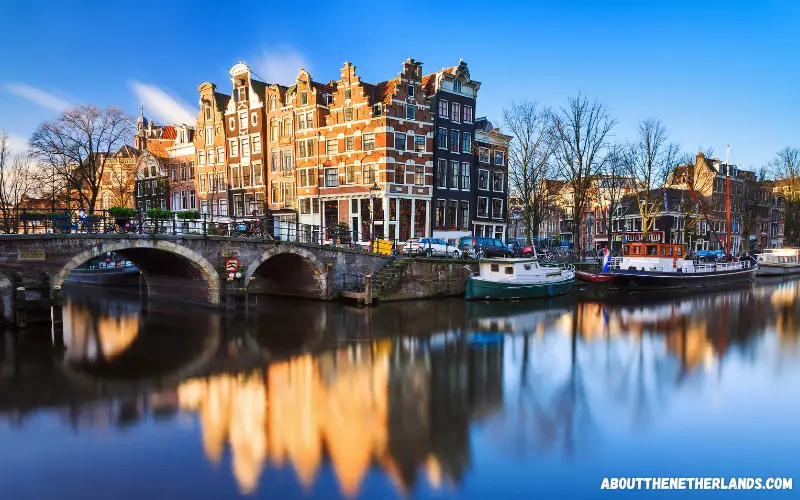

Amsterdam is known for many things. The architecture, food, and lifestyle are just to name a few. People from all over the world come to get a taste of what this city has to offer, and Amsterdam welcomes them with open arms.
If you’re not aware, Amsterdam is as rich with experiences as it is with history. Every street corner and every building tells a story, including the canals that divide the city into neat segments.
The canals in Amsterdam are as old as the city itself, and if you’re looking for a piece of history, this is a great start. The city is home to world-famous canals, and in this article, I will discuss the most famous ones worth visiting on your new trip to Amsterdam.
All the canals in Amsterdam are worth adding to your list, but I’ve picked the ones you absolutely can’t miss. Whether you’re into history or just a relaxing stroll, these canals are bound to do the trick.

The Prinsengracht is also known as the outermost ring of the city’s center. It is part of the three main canals dividing Amsterdam, sharing that title with the Herengracht and the Keizersgracht.
It is also considered one of the most expensive areas of Amsterdam to live in, and it hosts some of the city’s largest banks and hostels.
The Prinsengracht holds significant historical value and has been a representation of Amsterdam’s golden age to this day. Now, it is a world-renowned landmark that attracts tourists, not only for the canal itself, but also for the attractions surrounding it.
Walking along the canal, you’ll see the many houseboats parked on the side of the canal and find some famous sights along the way, such as the Westerkerk and the Anne Frank House.
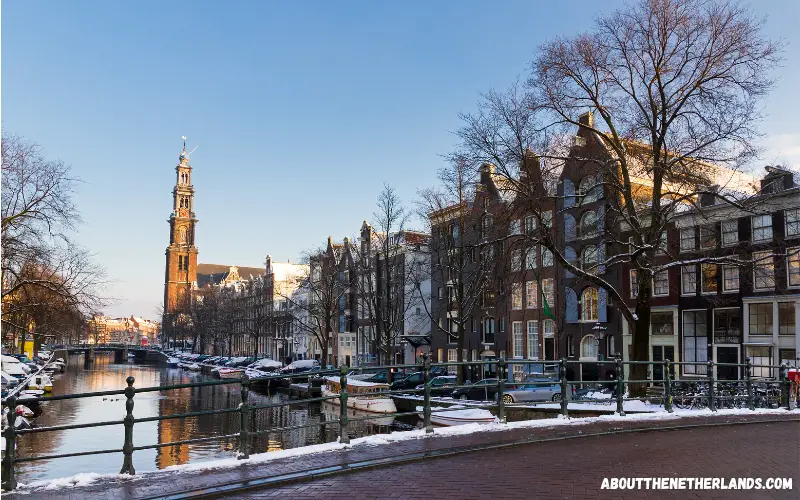
If you’re visiting Amsterdam, you simply can’t leave without having walked along the most famous canal in the city. The Prinsengracht is beautiful on any occasion, and you’ll find yourself getting lost for hours walking past the beauty of the canal.
If you’re looking to delve into Amsterdam’s history, you will find that not only the canal tells many stories, but the attractions alongside it will give you a good idea of what the city was like over the centuries.
At night, the canal is perfect for a romantic walk along the water. You’ll find the lanterns reflecting in the water and giving light to the traditional houses of the city.
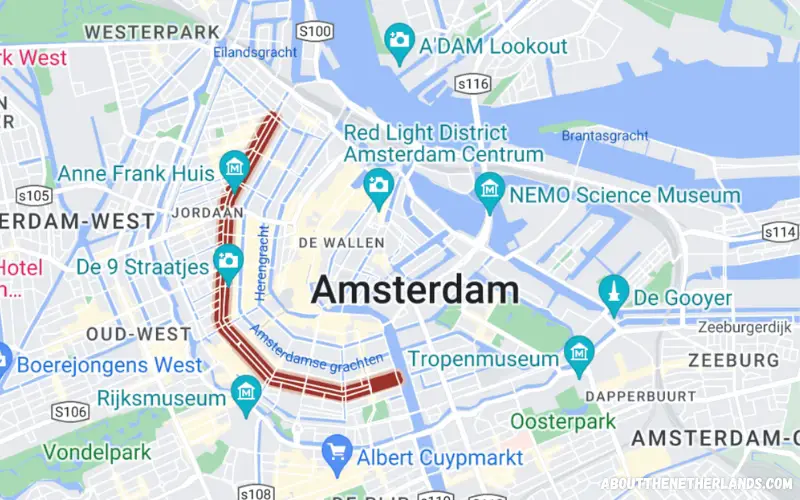
You’ll find the Prinsengracht located on the west side of the city, only a short walk from the central station. The canal is in the middle of one of the richest neighborhoods in Amsterdam, which you will notice by the beautiful and expensive buildings surrounding the canal throughout.
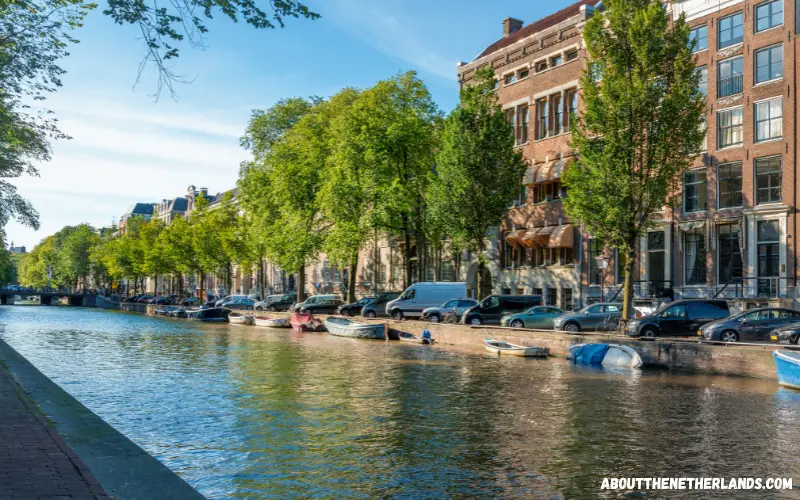
The Herengracht is one of the most important canals in the city, housing some of the wealthiest figures of the city in the 17th century. Just like the Keizersgracht, the Herengracht embodies luxury and status in the city, and to this day, you can still see fragments of that throughout.
Amsterdam has had a long-standing history of wealth and being an industrial powerhouse, and this canal perfectly symbolizes that.
The canal used to be an important destination for the wealthiest and richest of Amsterdam. Living along the Herengracht was considered a symbol of wealth and prosperity. This is where you'd belong if you were a man of status or power.
Now, it is a neighborhood filled with rich history and architecture that tells stories from centuries past.
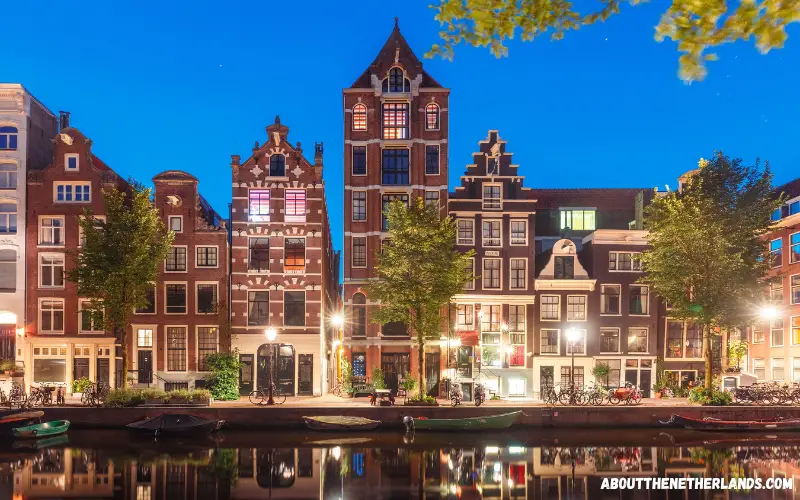
If you’re a fan of Dutch architecture, then this is the place where you can see the best parts. The buildings surrounding the canal show the wealthier part of the city and are quite the contrast from other neighborhoods.
Even though the architecture stays the same throughout the city, you can find small differences between the rich and the poor.
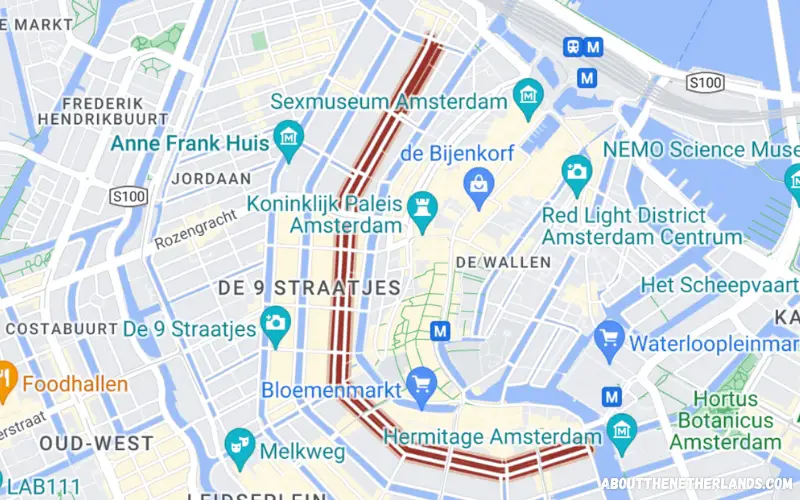
Starting from the Brouwersgracht in the West Indian house bridge and Milkmaid Bridge, the Herengracht canal flows towards the southeast, following bends on the Singel and the Keizersgracht before finally ending in the Amstel River.
The side of the canal with odd-numbered buildings is situated in the center of the city, making it a prime location for visitors to explore Amsterdam's cultural and historical landmarks.
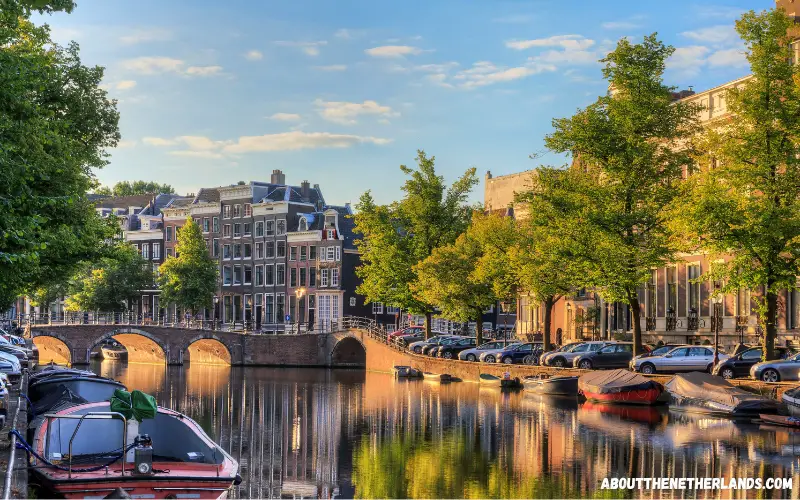
The Keizersgracht, also known as the “emperor’s canal,” is the second canal of the three canals dividing the inner city. Originally dug to become a chic boulevard without water, the concept was abandoned and turned into a neighborhood where boats could pass through, allowing for easy access.
The original plans for the canal might’ve been abandoned centuries ago, but to this day, this neighborhood symbolizes a chic and fancy lifestyle.
The Keizersgracht is mainly famous for being part of the “Grachtengordel,” the three canals dividing the inner city, but over time it has become more than just that.
The neighborhood surrounding the canal has become a place for luxury and wealth, with it being one of the richest neighborhoods in the city. Like its counterparts, the Keizersgracht symbolizes the golden age of Amsterdam, which you can still find traces of today.
Not only is the Keizersgracht vital to Amsterdam’s history, but it’s also the largest canal in the city. If you’d like to get a taste of what Dutch wealth looks like, then taking a stroll down the Keizersgracht is the place for you.
If you’re visiting Amsterdam in the winter, you might find that the canal has frozen and that locals are ice skating to work instead of biking.
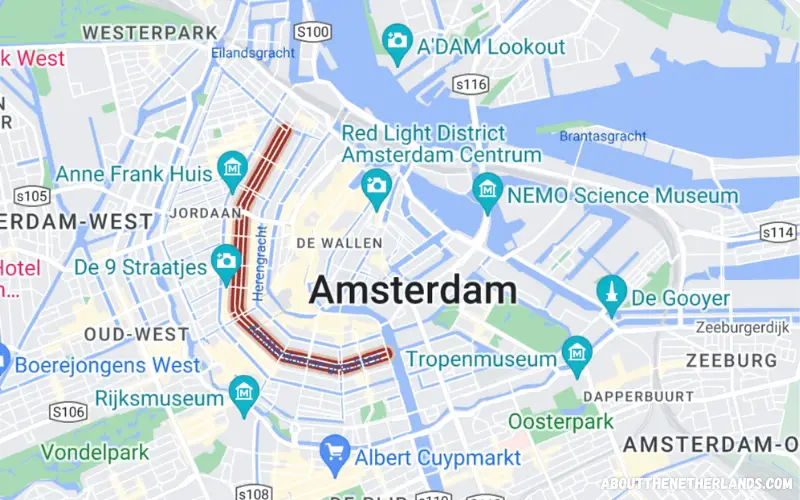
The Keizersgracht is located on the West side of the city. You’ll cross the canal on your way to Jordaan or the Anne Frank House, which is only a five-minute walk from the Keizersgracht.
From the Central Station, you can walk to the canal within fifteen minutes, and you’ll recognize it by the large and high buildings guarding the canal.
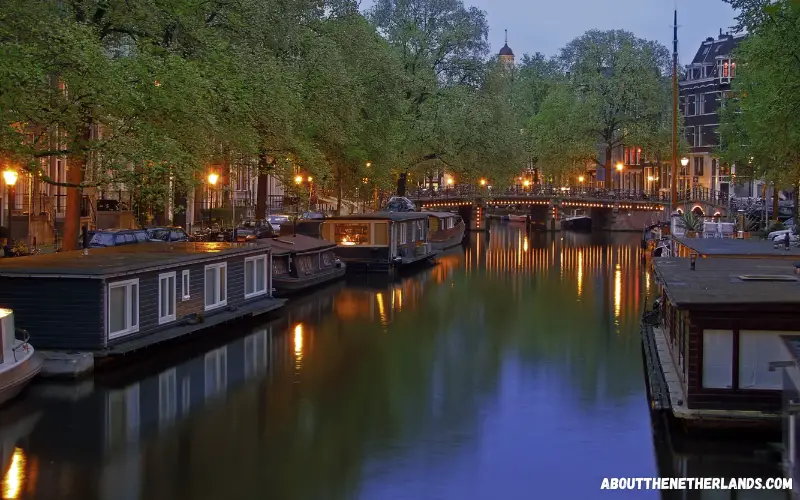
The Brouwersgracht, elected over the years as the prettiest street in Amsterdam, isn’t only famous for her looks but also the history she holds.
Being vital to not only Amsterdam’s commerce but the world’s. Many around the world came to this neighborhood to look for opportunities and a fresh start, and to this day, people still do.
In the 17th century, the Brouwersgracht was where breweries, fishermen, and tanneries kept their wares. It was the main hub in Amsterdam for commerce and trade, earning the title “warehouse of the world.”
Now, the warehouses have been transformed into luxury apartments, maintaining the charm of the past.
This canal is rich with history and beautiful sights. You can walk along the canal, grab a beer, or admire the buildings from the past, learning a bit about the history along the way.
Amsterdam has been famous for centuries as a city of trade and opportunity. It held quite a unique position in our country’s history, and learning about it will enrich your journey to Amsterdam.

The Brouwersgracht can be found west of the Central station. It is a direct walk from the station to your right and easily walkable within 15 minutes.
Unlike the other canals, this one isn’t formed by a hexagon. Instead, you’ll find that this canal moves out of the city, and that is how you’ll recognize it when you arrive.

Known mostly for the weaving industry in the 15th century, the Groenburgwal is considered one of the most beautiful canals in Amsterdam, with wooden and stone bridges, as well as the Church of England waiting at the end of the canal.
The Groenburgwal has retained the history of the 15th century, and the charm can still be found in every building and cobblestone.
The weaving, dying, and sewing were all done next to this canal, and you can still find fragments of this part of history in the buildings and landmarks.
Now, it is considered one of the prettiest canals in Amsterdam, with old wooden and stone bridges to walk across and the church watching over the water.

As this is one of the more scenic canals in Amsterdam, it is absolutely worth taking a stroll through.
During the day, you’ll get to see the old buildings standing beside the water, while during the night, you’ll get to see the lights looming over the canal.
Most of Amsterdam is known for its history behind it, but sometimes you simply want to admire the view and take in the beautiful scenery around you.

Located quite centrally in the city’s center, this canal is on the east side of the city and is only a fifteen-minute walk from the Central Station.
You will recognize the canal by the bridges that are used to go across, retaining their wooden and stone materials. The neighborhood itself is quite charming, and you’ll feel that as soon as you step foot by the Groenburgwal.
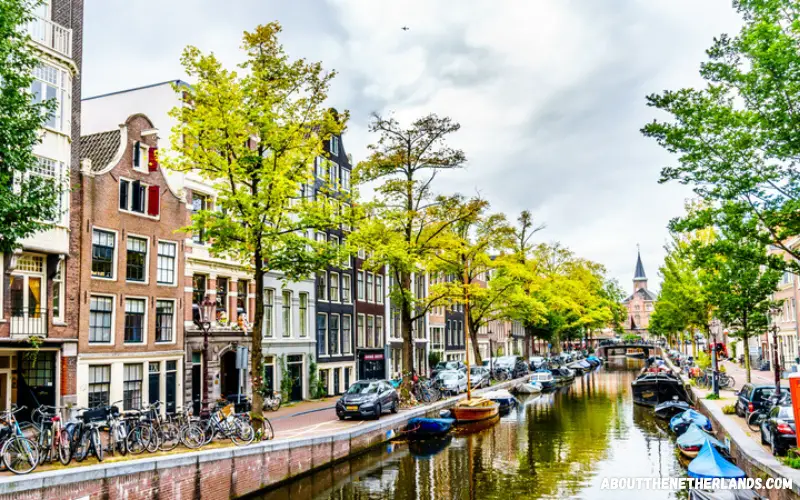
Another industrial part of Amsterdam, Bloemgracht, played host to not only factories and warehouses but also artists that we see in our museums today.
By having the buyers and sellers in the same neighborhood, the Bloemgracht became the city’s artistic hub, which contrasted well with the industrial aspect of the neighborhood.
Like the Brouwgracht, this canal was the home of paint and sugar factories. Dutch artists found their home there, and some, such as Jurriaan Andriessen, you can see in the Rijksmuseum to this day.
Artists aren’t known for their large wallets, so the houses you’ll see might not emulate the same amount of wealth as some of the other neighborhoods.
However, it does give you a good indication of what it was like to be an artist in that age and how they faired.
All the canals in Amsterdam are a piece of Amsterdam’s puzzle, and you learn about them to get the whole picture at the end of your visit. This canal tells a more artistic story and is absolutely worth visiting.
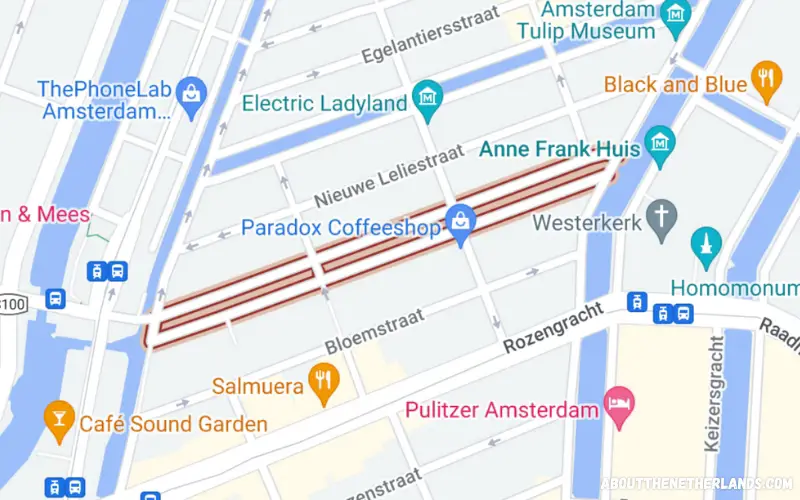
The walk to the Bloemgracht from Central Station is a bit longer than the others, by walking twenty-five minutes to get there from the Central station. However, it is entirely worth the walk.
The canal that caught my eye is the Brouwersgracht. As someone who loves history, this canal told stories I’d never heard before, and it didn’t take long for me to go down the rabbit hole of history that I couldn’t get enough of.
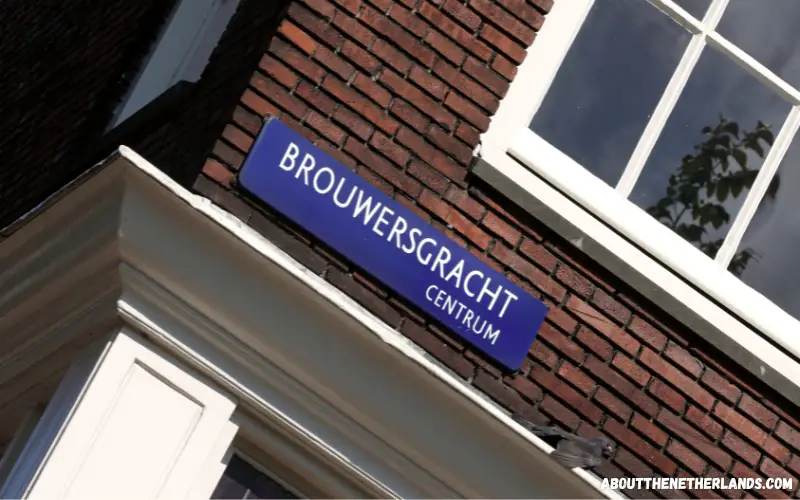
So I definitely recommend anyone who loves history and architecture to visit the Brouwersgracht when you are in Amsterdam!
You can wander around beautifully here and soak up the culture and history. In addition, there are plenty of cozy cafes to have a drink after the walk.
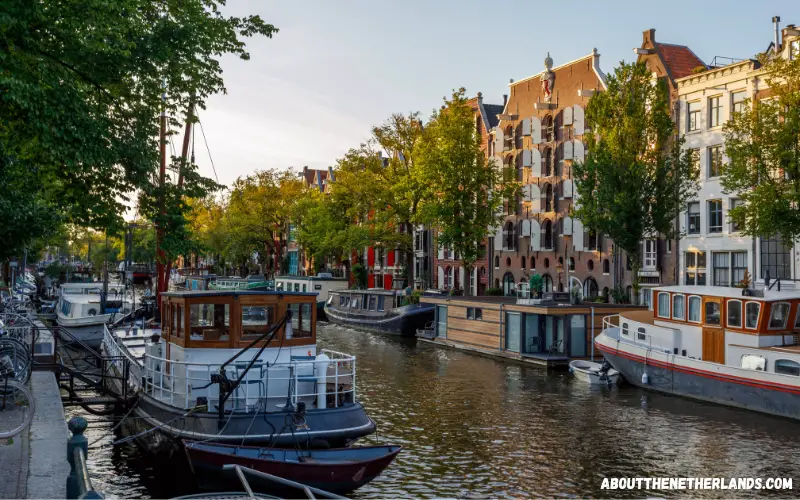
Canals are a vital part of Amsterdam’s ecosystem, and not only does it provide a practical advantage, but they are also now some of the most beautiful parts of the city.
You can spend days walking along every single one of them, trying out the different restaurants and bars that have settled alongside, or soaking up the history and stories that they’re ready to tell you. Of course, I’ve already given you some information in this article, but it’s barely scratching the surface of what’s out there.
Would you like to learn more about the Amsterdam canals? Then make sure to check my article with facts about the Amsterdam canals!